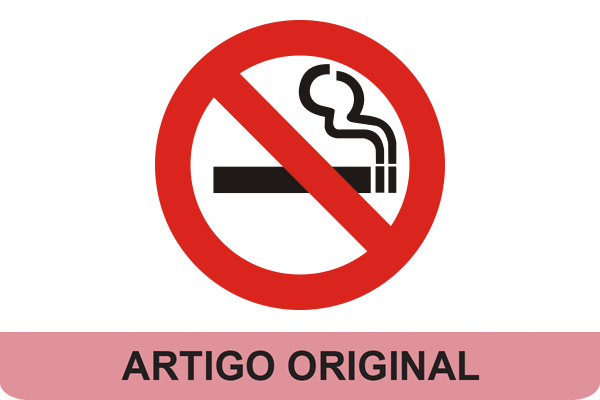SOCIAL MEDIA
Portuguese Medical Association's Scientific Journal

Introduction: Estimating the prevalence of second-hand tobacco smoke exposure is a public health priority while evaluating the population-attributable disease burden and impact of smoking bans. We conducted a systematic review to analyze how secondhand tobacco smoke exposure has been assessed, and how its prevalence has been estimated among the Portuguese population since the implementation of the partial smoking ban in 2008.
Methods: A literature search was conducted in the Web of Science, MEDLINE and Embase databases until November 2022, applying a pre-designed search strategy and following the PRISMA 2020 guidelines. The search was not restricted by study period, study design, sample size or language, and was complemented by a manual literature search. A modified Newcastle-Ottawa scale was used to assess the quality of the studies.
Results: Thirteen cross-sectional studies were included. The prevalence of second-hand tobacco smoke exposure among the three European studies ranged from 8.2% (adult population exposed at home in 2010) to 93.3% (adolescent/adult population exposed in bar/restaurant terraces in 2016). Three nationwide studies estimated children’s exposure at home: ranging from 32.6% in 2010 - 2011 to 14.4% in 2016. According to the most recent studies, 49.8% of women living in Porto were exposed during the third trimester of pregnancy in 2010 - 2011; 32.6% and 38.4% of children were exposed at home, respectively in Lisbon and the Azores.
Conclusion: A significant proportion of the Portuguese population, especially children and pregnant women, remain exposed to secondhand tobacco smoke. A comprehensive smoke-free policy is needed, not only in outdoor public places, but also in indoor private settings.